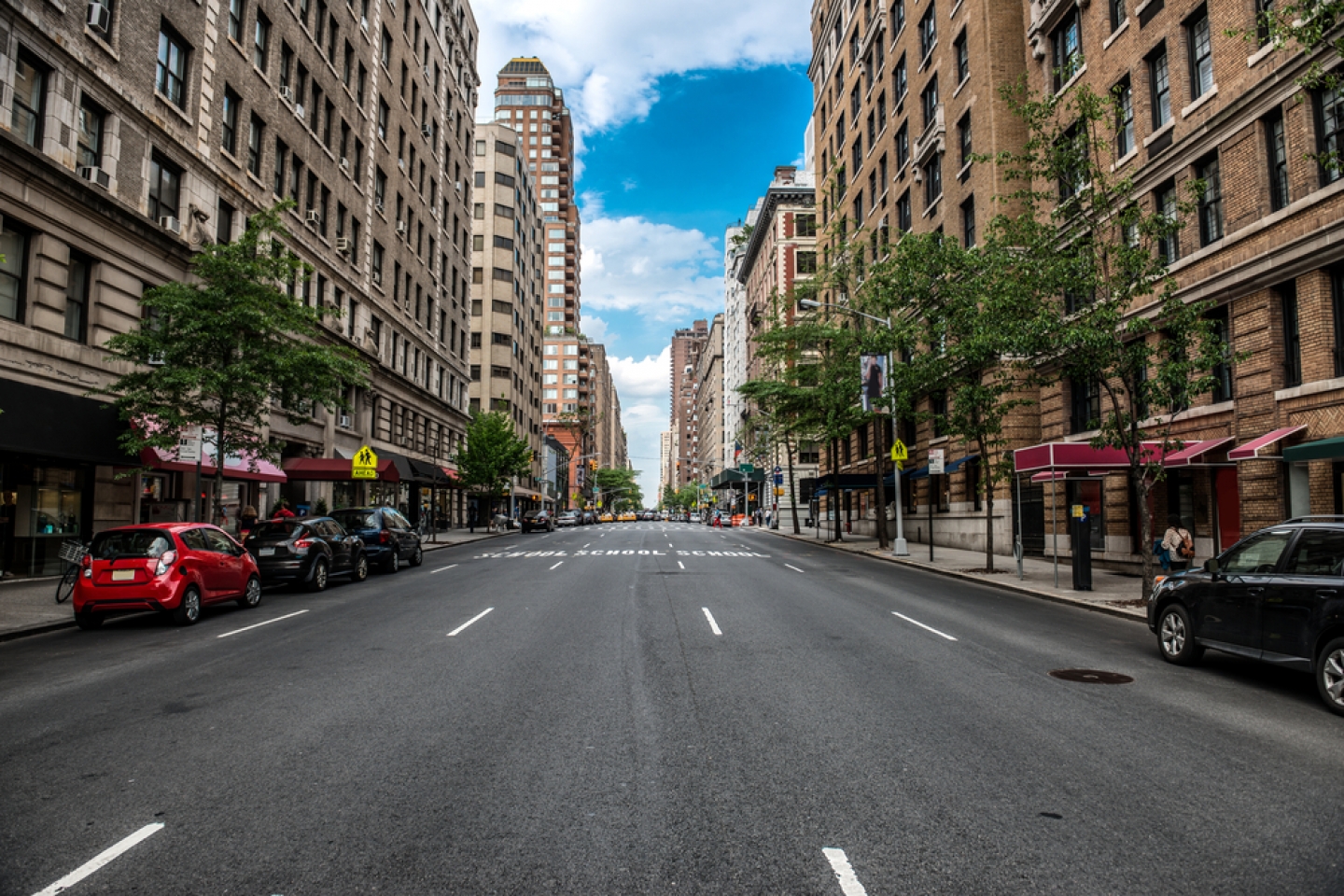
Governments and public health officials have recommended drastic restrictions on travel and movement in response to the rapid spread of the novel coronavirus, which causes the disease COVID-19. Although unfamiliar to most of us, public health experts say such restrictions are critical to slowing the virus’s spread, which could otherwise continue to rise exponentially and overwhelm the healthcare system.
The concept is what’s known as “flattening the curve,” which refers to the epidemic chart that shows the rate at which COVID-19 cases develop over time.
“The concept of flattening the curve is to stop the speed and height of that surge,” says Dr. Rainu Kaushal, chair of the Department of Population Health Sciences at Weill Cornell Medicine. “If that peak is higher than what the healthcare system can handle, you can reach a situation, like Italy, where a lot of patients are not receiving appropriate medical care with resultant higher rates of morbidity and mortality.”
Public health experts recommend several strategies to slow the spread of the virus and to try to limit the impact on the health system, which is already strained and short on needed supplies.
Those who are infected must go into isolation, staying separate from others and in a specific area, like a home, hospital, or nursing facility.
Quarantines are even broader, referring to separating from others anyone who might have been exposed to the virus, whether because they were at a gathering with an infected person or in a region with widespread infection.
“It’s not just protecting yourself from getting an infection, it’s protecting every single person you might be in contact with and the people they might be in contact with,” says Dr. Kaushal, who is also senior associate dean of clinical research at Weill Cornell Medicine.
Physicians and public health officials say even those who aren't known to be exposed play a role in slowing the spread of the virus. That's because COVID-19 spreads rapidly, and many cases are undiagnosed owing to test shortages and some infected people not showing symptoms such as fever, sore throat, cough, and in some cases, diarrhea.
The federal government has asked all Americans to practice social distancing. On an individual level, this means avoiding group settings and staying at least six feet, or two meters, from others at home and in public places. On a larger scale, it’s why schools, offices, restaurants, and tourist sights are closing or have already closed and professional sports games, Broadway shows, concerts, and other events are cancelled.
While jarring, the government has the authority to enforce restrictions on movement for public health purposes. The town of New Rochelle in Westchester County became the nation’s first containment zone on March 10 because of its high concentration of infections. New York Gov. Andrew Cuomo ordered the closure of schools, houses of worship, and banned large gatherings in a 1-mile radius and sent in the National Guard to disinfect the area.
Such resource-intensive measures are done in the earlier phase of an outbreak to limit transmission. They become less effective when a virus has jumped to the broader community, Dr. Kaushal says. That’s why a growing number of states and localities are issuing “stay at home” or “shelter-in-place” orders. Gov. Cuomo has put New York “on pause,” ordering businesses considered non-essential to keep their workers at home, halting gatherings of any size, and requiring individuals to keep at least six feet from others when they’re outdoors. White House guidelines – set to expire on March 30 unless they are extended – say to avoid crowds of more than 10 and to work from home if that’s an option.
Experts cite sobering historical precedent for these measures, particularly the Spanish flu of 1918-19. At the time, American cities that took early action were able to significantly reduce rates of death from the Spanish flu, according to two articles published in 2007 in the Proceedings of the National Academy of Sciences. In the most extreme example, Philadelphia waited two weeks from the first infection to start enforcing bans on public gatherings, while St. Louis imposed them early on. The contrasting results were staggering: while 16,000 people died over the course of six months in Philadelphia, one-eighth of that number died in St. Louis.
“When an epidemic or in this case a pandemic occurs, what one sees in a given area is a surge in cases,” says Dr. Kaushal. “That’s why we have to do as much broad societal-based distancing and quarantining as possible.”
All of us at Weill Cornell Medicine understand that this is a difficult time for all New Yorkers. As experts in immunology, pulmonary medicine, and critical care medicine, we are working diligently to provide the greatest possible care to patients in need.
We are available to all New Yorkers who have questions or concerns. Please call our hotline at (646) 697-4000 for information about COVID-19 or read our patient guide.